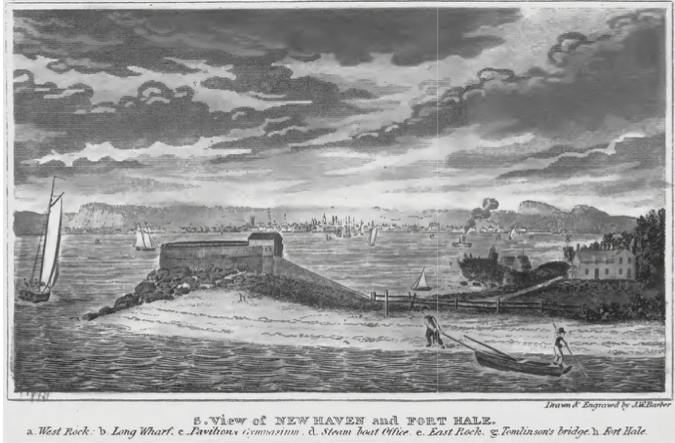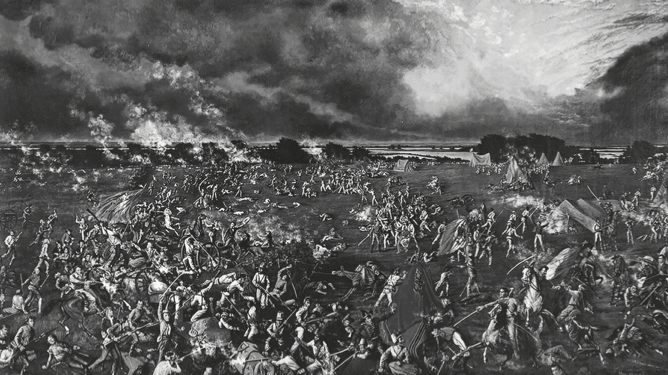
Do you know the real story behind the Yellow Rose of Texas? Certainly, you’ve heard the catchy song, but, due to the salacious nature of the tale, it’s not told to Texas children with the same detail as the Fall of the Alamo or the Battle of San Jacinto. At its core, the story of the Yellow Rose of Texas is perhaps the most Texan tale in all of Lone Star lore. Many recall her as a slave captured by an invading Mexican army. During the Texas Revolution, after catching the eye of General Santa Anna, she distracted him from his duty, allowing the Texas Army to

Born in Connecticut
Emily was born in New Haven, Connecticut, in 1801 after the Gradual Abolition Act ensured that all black children born after 1784 would become free people of color when they became adults. Some theorize that Emily had a father who was already a free person of color — the last name West was popular for free blacks in New Haven at the time.
Abolitionists and New York
In New Haven, Emily met “militant abolitionists” like Simeon Smith Jocelyn, who built schools for young children in Emily’s neighborhood, and pastored the old Temple Street church that welcomed whites and blacks. In 1834, Jocelyn’s home was attacked by a mob while he was there. He responded by alerting the abolitionist network that New Haven was not safe anymore. He relocated to New York, and Emily did too. New York proved to be just as volatile, and free blacks were maligned and discriminated against in New York communities.
Gone to Texas
From the beginning of the Texas Revolution, New York and other states saw opportunity. Thousands of Americans wanted a chance to build better lives and make money in the Mexican colony, and flooded into the territory, purchasing land and bringing slaves to work the fields. With the Texas rebellion in full bloom, the colonists got aid from James Morgan, a prosperous merchant, and an ardent supporter who knew how to move money, goods and people swiftly, all the while set to turn revolution into profit. And with the lure of a potential free black colony in Mexican Texas, Emily West sought relief from the institutionalized discrimination she faced in New York.
“The Battle of San Jacinto was probably lost to the Mexicans, owing to the influence of a Mulatta girl [Emily] belonging to Col. Morgan who was closeted in the tent with g’l Santana, at the time the cry was made, “The Enemy! They come! They come!” and detained Santana so long, that order could not be restored readily again.” — Sam Houston

Santa Anna
Emily was working for James Morgan at the port near Galveston when Santa Anna and his army arrived, witnessing the mass evacuation of colonists in the so-called Runaway Scrape. She was eventually captured as a prisoner of


